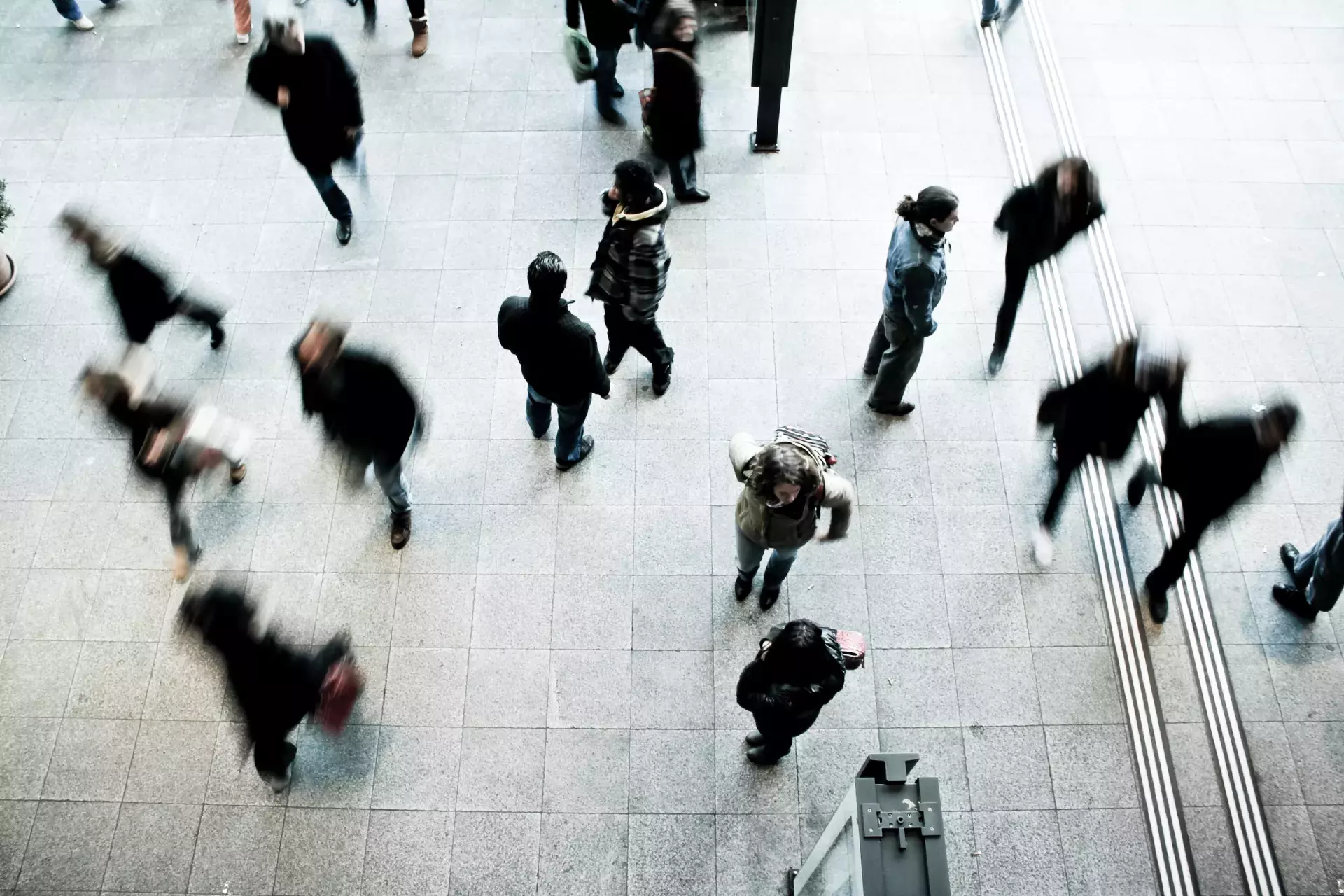Mobile Payments: CakePay Is Eating the World
As a payments professional with a sweet tooth, the name is as good as it gets: CakePay, the mobile payment app rolled out by The Cheesecake Factory a few months ago. CakePay is mor…

As a payments professional with a sweet tooth, the name is as good as it gets: CakePay, the mobile payment app rolled out by The Cheesecake Factory a few months ago. CakePay is more yummy-sounding than the virtuous ApplePay, but not quite as good as CookiePay, which I’m sure is in development somewhere.
Ignoring the risks of myocardial infarction from a slice of Toasted Marshmallow S'mores Galore cheesecake, I decided to take CakePay for a spin. And it was great. CakePay is easy to use, fun, and it made my restaurant checkout experience far more enjoyable. Here’s a quick summary of how it works (a more in-depth description can be found here):
- Install CakePay on your iPhone or Android phone and add your preferred payment card to it.
- At the restaurant, press the “Check In” and the app generates a four-digit code, which you show to your server.
- Your server takes your order on an iPad, using your four-digit code.
- When you’re done with your meal, your bill appears on your phone. You can pay it from your phone, including tip, whenever you’re ready and leave. Easy!
Payment apps boost operational efficiencies
A few months ago I speculated that consumers’ “panic at the checkout,” as they tried to figure out how to use their new EMV cards, would drive mobile payment adoption. Now I’m also thinking cheesecake and coffee will be very tasty carrots, as it were, to lure more consumers in.
I can see that The Cheesecake Factory is pushing CakePay adoption (the restaurant was offering a free slice of cheesecake to guests who use the app) to make its wait staff more efficient. Sitting at my booth, I saw servers rushing around, making lots of trips back and forth to non-CakePay tables during checkout. CakePay saves the server four trips:
- One to bring the check to the guest’s table
- A second trip to come back to pick it up with your payment card
- A third to bring the card back so the guest can add the tip on the paper receipt and sign
- A fourth trip to pick up the bill folder and receipt after the guest has left.
This kind of efficiency gain is a breakthrough for chain restaurants, the well-run ones of which have already looked into every nook and cranny of their operations to squeeze out more efficiencies. They’ve optimized their supply chains. They’ve fine-tuned their menus. They know what their busy times are down to the minute. But they have not yet been able to save servers the five-plus minutes required to close out a customer’s bill. Until now. That, along with streamlined to-go ordering, is one of the big reasons why The Cheesecake Factory is pushing CakePay, and I am certain many other restaurants will soon follow suit.
Waking up to smell the coffee
No doubt The Cheesecake Factory is taking a cue from Starbucks, which launched its Mobile Order & Pay service in December 2014. Mobile payments now account for 24% of all transactions across Starbucks’ US locations, with an average of eight million transactions per month taking place via mobile. That represents approximately 4% of the total volume of payments Starbucks recorded in Q2 2016––a pretty incredible adoption rate for a technology still in its infancy.
How much will Mobile Order & Pay impact Starbucks’ bottom line? It’s hard to say. But this October 2015 article in Forbes said, “There can be a 15% upside to our price estimate if the impact [of customer satisfaction with shorter lines] exceeds our expectations.”
Let’s see. Starbucks’ market cap is about $83 billion. A 15% boost translates into over $12 billion in additional shareholder value. That’s a lot of coffee. And a downright scary amount of cheesecake.
Follow me on Twitter @Fraudbird
Popular Posts

Business and IT Alignment is Critical to Your AI Success
These are the five pillars that can unite business and IT goals and convert artificial intelligence into measurable value — fast
Read more
FICO® Score 10T Decisively Beats VantageScore 4.0 on Predictability
An analysis by FICO data scientists has found that FICO Score 10T significantly outperforms VantageScore 4.0 in mortgage origination predictive power.
Read more
Average U.S. FICO Score at 717 as More Consumers Face Financial Headwinds
Outlier or Start of a New Credit Score Trend?
Read moreTake the next step
Connect with FICO for answers to all your product and solution questions. Interested in becoming a business partner? Contact us to learn more. We look forward to hearing from you.
